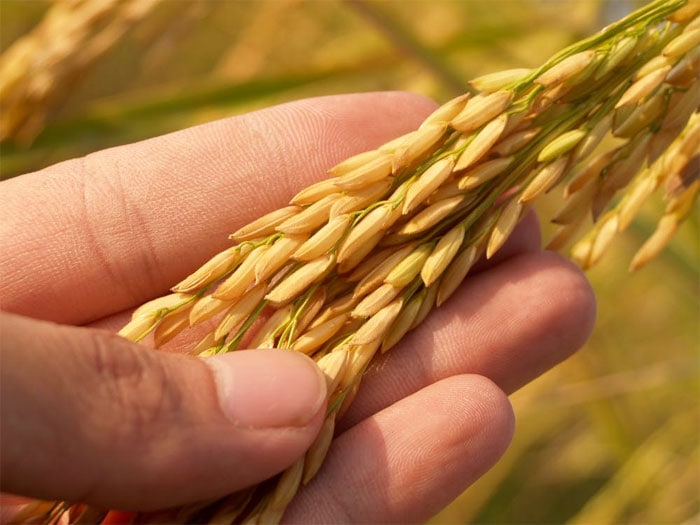
Written By: Sejal Dave, RD
Title: Registered Dietitian
Alumni: University of Florida
Last Updated on:

There has been a lot of buzz in the nutrition community about resistant starch and its health benefits. You may also have seen some packaged foods with a Hi-Maize resistant starch logo. Should resistant starch be part of your diet?
Table of Contents
Resistant starch, as the name implies, is a type of starch that “escapes” or “resists” digestion in the small intestine. This type of starch (or carbohydrate), passes through the small intestine and into the large intestine (colon) without being absorbed by the body. This is similar to the way fiber works in our bodies. In fact, resistant starch is sometimes known as the third type of fiber because it has some of the benefits of soluble and insoluble fiber.

You don’t need to purchase packaged foods with Hi-Maize added to find resistant starch. Resistant starch can be found naturally in whole grains, fruits, and legumes, including:
It can also be found in cold potatoes/potato salad, cold pasta, and cold rice (like sushi rice). Why cold? It’s because resistant starch is more likely to be digested by the body if it’s been heated.
There are calories in resistant starch food sources. However, resistant starch has fewer calories than regular starch: 2-3 kcals/gram for resistant starch vs. 4 kcals/gram for regular starch. Also, once resistant starch reaches the large colon, it is fermented by bacteria, similar to how fiber is digested, so it does not raise blood sugar levels.
Multiple studies have shown that resistant starch could be a key factor in promoting weight loss, lowering blood glucose levels and improving insulin response. Resistant starch has also been shown to improve overall digestive health. This is positive news for people with diabetes who are striving for blood sugar control and the prevention of hyperglycemia, as well as for people who are looking for foods that will help to achieve weight loss. For example, a person who switches from eating refined grains to eating grains high in resistant starch can reduce their daily calorie intake by 40kcal/day. Over the span of a year, 40 kcal/day can equal 4 pounds/year, which is significant and can help promote further weight loss over time.
The Bottom Line
Resistant starch is naturally found in foods that are part of a healthy balanced meal plan. As with any food that is eaten in excess, healthy or unhealthy, calories can add up. In moderation, resistant starch can be part of your meal plan whether you are trying to lose weight, keep your diabetes under control, or improve the health of your GI tract. So instead of eliminating starches or carbs, choose foods higher in resistant starch and include them in your balanced meal plan.
Alumni: University of Florida – Sejal is a registered dietitian, a certified diabetes educator and she holds a masters degree in nutrition and health. Sejal was the project coordinator for the Veteran’s Administrations (VA) national weight loss program and previously worked for the VA hospital in Tampa, FL as a Spinal Cord Injury dietitian.
Sejal has had numerous clinical and community education experiences, including pediatric and intensive care nutrition support. She has also had the opportunity to teach nutrition courses at the community college level to students interested in pursuing health professions. One of her favorite areas of education is diabetes management.
, beans, brown rice, grains, lentils, oats, resistant starch, wheat
All Things Coconut: Hot New Coconut Food Products You May Want to Try